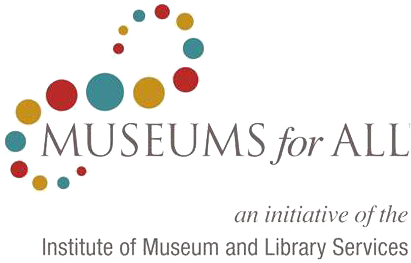OUR HISTORY




Preserving Maritime History and Heritage, Inspiring Environmental Stewardship
Annapolis Maritime Museum & Park (AMM) educates about the area’s maritime heritage and Chesapeake Bay ecology through exhibits, programs, and events. Our Education Center serves 14,000+ students and adults, fostering critical thinking and outdoor experiences. With free core programs, field trips, and summer camps, we aim to connect people with the environment and inspire sustainable decision-making. As a community-driven organization, AMM relies on a volunteer board and over 350 dedicated volunteers. Support our mission by making a tax-deductible gift or becoming a member.
23 Years & Counting


Hurricane Isabel devastated McNasby’s




Post-hurricane renovations completed; Museum reopened
with Oysters on the Half Shell permanent exhibit















The Annapolis Maritime Museum and Park Awards
- 1988 Historic Annapolis Foundation Community Award for Volunteers
- 1998 Historic Annapolis Foundation Community Award
- 1998 Maryland Historical Trust Educational Excellence Award
- 1999 Annapolis Preservation Trust Certificate of Appreciation
- 2000 Chesapeake Bay Gateways Network Gateways Site Destination
- 2001 Greenscape Organization Volunteer Award
- 2001 Maryland Historical Trust Preservation Award
- 2003 Historic Annapolis Foundation Preservation Award
- 2004 Heritage Program Award from the Four Rivers Heritage Area
- 2004 Best New Heritage initiative from the Four Rivers Heritage Area
- 2005 Interpretive Product Award from the Four Rivers Heritage Area
- 2005 Heritage Event Award from the Four Rivers Heritage Area for the Museum's Maritime marketing Days
- 2010 Heritage Tourism Product Award from the Four River Heritage Area
- 2015 Stewardship Award from the Four Rivers Heritage Area from the Museum's Oyster Education Partnership
- 2018 Public/Private Partnership of the Year Award from the Four Rivers Heritage Area
- 2020 Heritage Tourism Product Award from the Four Rivers Heritage Area for the Skipjack Wilma Lee
- 2021 Preservation Award from Historic Annapolis for Creative Maritime Heritage Programming Aboard the Skipjack Wilma Lee
- 2021 Heritage Tourism Product Award from the Four Rivers Heritage Area for the exhibit Our Changing Waterfront





